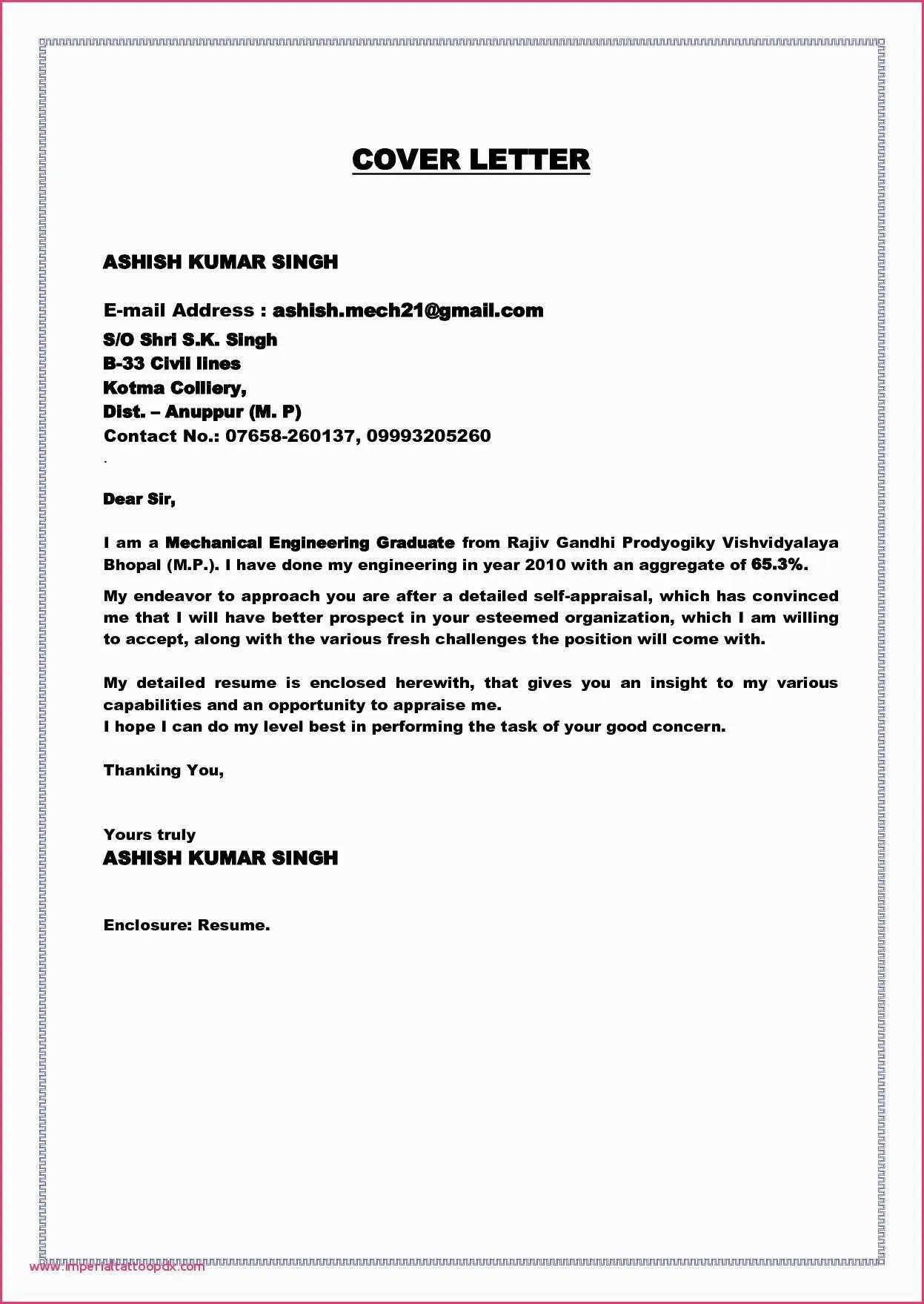What Makes a Cover Letter Great?
A great cover letter is more than just a formality; it’s your opportunity to introduce yourself to a potential employer and make a strong first impression. It should complement your resume by providing context, highlighting relevant skills and experiences, and demonstrating your genuine interest in the position and the company. A well-crafted cover letter showcases your personality, communication skills, and enthusiasm, setting you apart from other applicants and increasing your chances of landing an interview. It should be tailored to each specific job application, avoiding generic statements and instead, focusing on how your qualifications align with the employer’s needs.
Why Cover Letters Still Matter
In an era where online applications are the norm, and some may question their relevance, cover letters continue to be crucial. They provide a space to tell your story, explain career gaps, and express your unique value proposition. While your resume lists your qualifications, the cover letter adds personality and showcases your writing skills. Recruiters often use cover letters to gauge a candidate’s communication abilities and assess their cultural fit. A strong cover letter can be the deciding factor in getting your resume noticed, especially in competitive job markets. Ignoring this crucial component can lead to your application being overlooked, even if your qualifications are exceptional. Employers value candidates who take the time to personalize their applications and demonstrate a genuine interest in the role and the company.
Key Components of a Winning Cover Letter
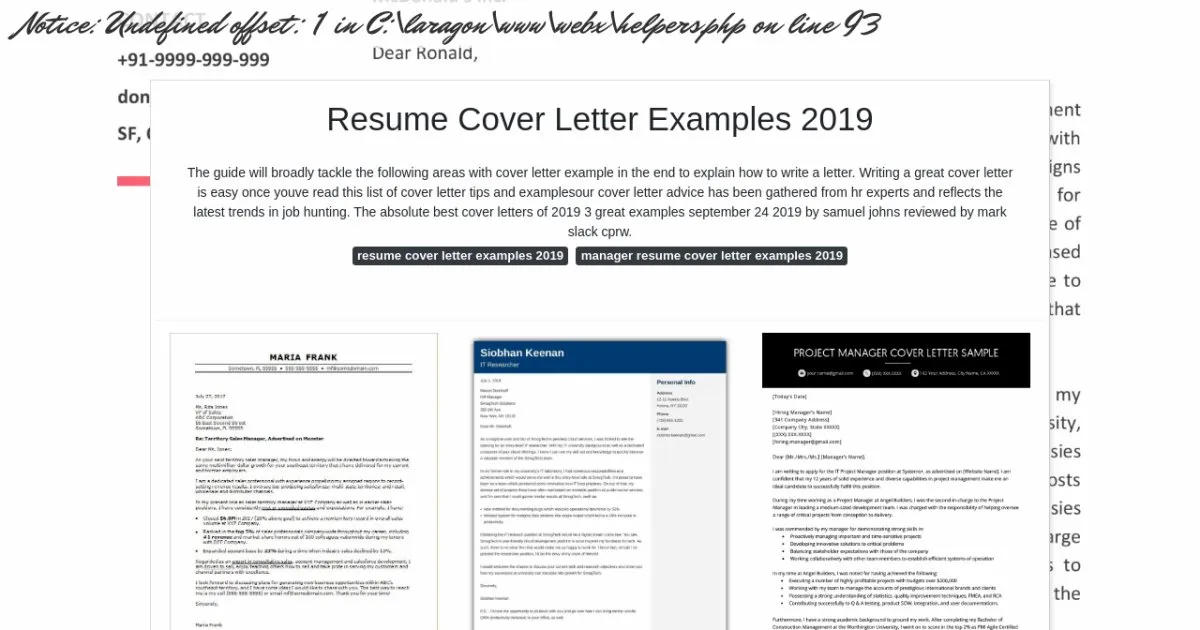
A winning cover letter is carefully structured and contains several key elements. These components work together to create a compelling narrative that captivates the reader and convinces them of your suitability for the role. Each section serves a distinct purpose, contributing to the overall impact of your application. From the initial greeting to the closing statement, every word should be chosen intentionally, reflecting your professionalism, skills, and genuine interest in the opportunity. Understanding the function of each part is critical to crafting a cover letter that effectively highlights your strengths and makes a lasting impression on potential employers.
Header
The header should include your contact information, such as your name, address, phone number, and email address. This information should be clearly presented at the top of your cover letter, allowing recruiters to easily reach you. Ensure that the information is current and professional. The header is not merely a matter of aesthetics; it’s functional, ensuring that employers can promptly contact you if they’re interested in your application. It should be formatted consistently with the rest of your application, reflecting your attention to detail and professionalism.
Greeting
The greeting sets the tone for your cover letter. Whenever possible, address the hiring manager by name. Researching the hiring manager’s name shows initiative and a personalized approach. If you can’t find a specific name, use a professional greeting such as “Dear Hiring Manager” or “Dear [Company Name] Hiring Team.” Avoid generic greetings like “To Whom It May Concern.” Personalizing the greeting demonstrates your attention to detail and shows that you have taken the time to research the company and the role. The greeting establishes a connection with the reader, making them more receptive to the content that follows.
Opening Paragraph
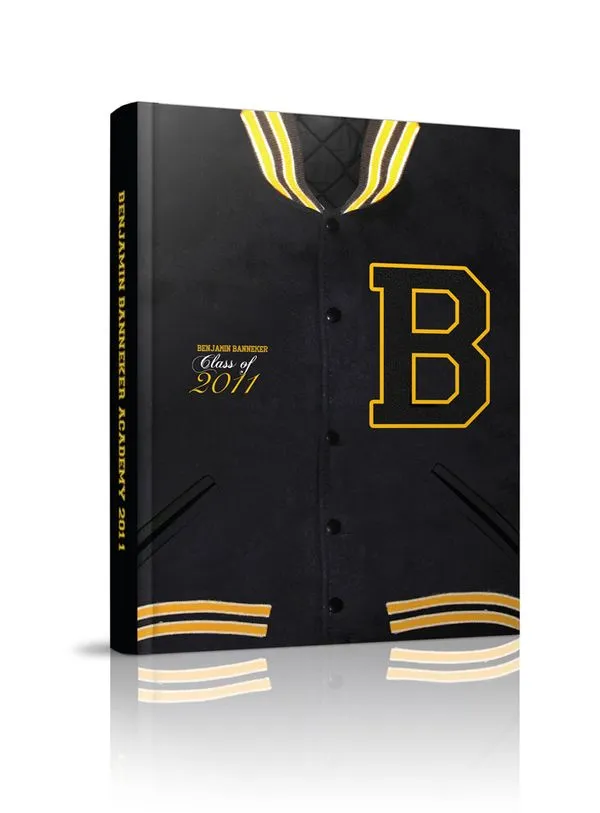
Your opening paragraph is your elevator pitch. It should immediately grab the reader’s attention and state the position you’re applying for and how you found the opportunity. Briefly mention your most relevant qualifications and express your enthusiasm for the role and the company. The opening paragraph is your chance to make a strong first impression and encourage the reader to continue reading. It should be concise, engaging, and tailored to the specific job requirements. Clearly articulating your interest and summarizing your key skills in the opening paragraph is an effective way to draw attention to your application and motivate the reader to learn more.
Body Paragraphs
The body paragraphs should provide detailed examples of your skills and experiences, demonstrating how you meet the job’s requirements. Use the STAR method (Situation, Task, Action, Result) to describe your accomplishments and quantify your achievements whenever possible. Explain how your skills and experiences align with the company’s needs. This section is where you showcase your capabilities and explain why you are a strong fit for the role. Structure your body paragraphs logically and ensure they are easy to read, using clear and concise language. Providing specific examples and quantifiable results adds credibility to your claims and strengthens your application.
Call to Action
In the call to action, reiterate your interest in the position and express your desire for an interview. Thank the hiring manager for their time and consideration. Provide a clear statement of your availability and your willingness to discuss your qualifications further. This section should be confident and professional, leaving the reader with a positive impression. A strong call to action reinforces your enthusiasm and makes it clear that you are eager to move forward in the hiring process. It’s a final opportunity to reinforce your qualifications and solidify your interest in the position.
Closing
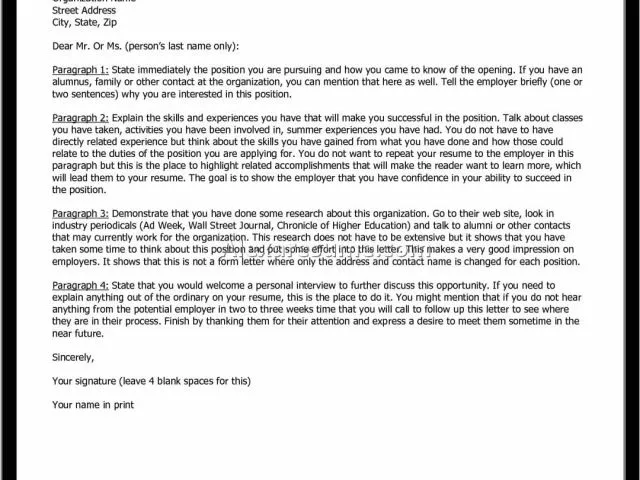
The closing of your cover letter should include a professional sign-off, such as “Sincerely” or “Best regards,” followed by your full name. Ensure your contact information is readily available. The closing is a final opportunity to leave a positive impression. A professional sign-off and clear contact information ensure that the hiring manager can easily follow up with you. It is an essential element in finishing your letter in a professional and respectful way, ensuring a positive lasting impression on the hiring manager.
Formatting Tips for Cover Letters
Proper formatting is crucial for making your cover letter readable and visually appealing. A well-formatted cover letter is easier to read and shows that you pay attention to detail. Adhering to standard formatting guidelines ensures that your letter looks polished and professional. It communicates respect for the reader and reflects your professionalism. Use formatting techniques to create a document that is easy on the eyes and easy to navigate. Proper formatting improves the overall impression of your application.
Font and Size
Choose a professional and readable font, such as Times New Roman, Arial, or Calibri, and use a font size between 10 and 12 points. Avoid overly stylized fonts that can be difficult to read. Font choice and size should ensure that your cover letter is easy on the eyes. Maintain consistency throughout the document. The font should reflect the tone of the letter, remaining professional and appropriate for a job application. Readability is paramount; choose a font that makes your letter easy to scan.
Margins and Spacing
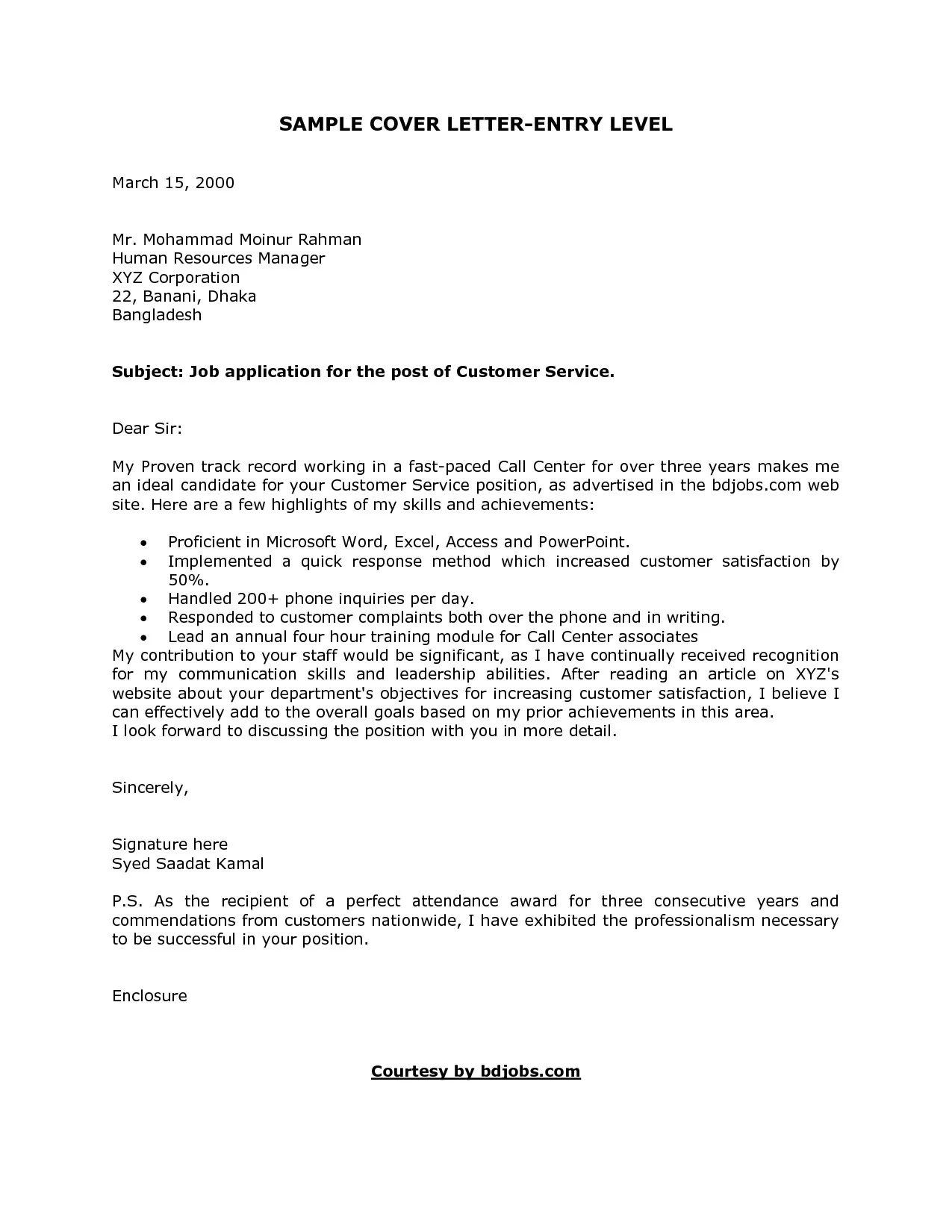
Use standard 1-inch margins on all sides of your cover letter. Double-space between paragraphs and use single spacing within paragraphs. Proper margins and spacing improve readability and create a clean, organized appearance. The margins should frame the text, preventing it from appearing cramped or overwhelming. The spacing creates visual breaks, making it easier for the reader to digest the information. These details reflect your attention to presentation and overall professionalism.
Best Cover Letter Examples to Inspire You
Reviewing examples can provide inspiration and help you tailor your letter to the specific job and industry. Studying different examples of successful cover letters will give you valuable insights into effective strategies for showcasing your skills, experience, and personality. These examples demonstrate how to effectively address the hiring manager, structure the content, and highlight relevant qualifications. Use these models as a springboard, adapting them to your unique qualifications and the specific requirements of the role. Each industry and role may have its own nuanced expectations, and these cover letter examples can inform the most impactful approach.
Example Cover Letter for a Marketing Position
A marketing cover letter should highlight your ability to understand market trends, develop marketing strategies, and drive results. Mention your experience with marketing tools, data analysis, and campaign management. Focus on how you have increased brand awareness, generated leads, and improved customer engagement. Quantify your achievements with specific metrics. Tailor your letter to the specific job description, emphasizing the skills that match the employer’s needs. Showcasing your marketing expertise, creativity, and strategic thinking will make your application stand out and increase your chances of success in the marketing field. Demonstrate your understanding of marketing principles and how they apply to the company’s goals.
Example Cover Letter for a Software Engineer Role
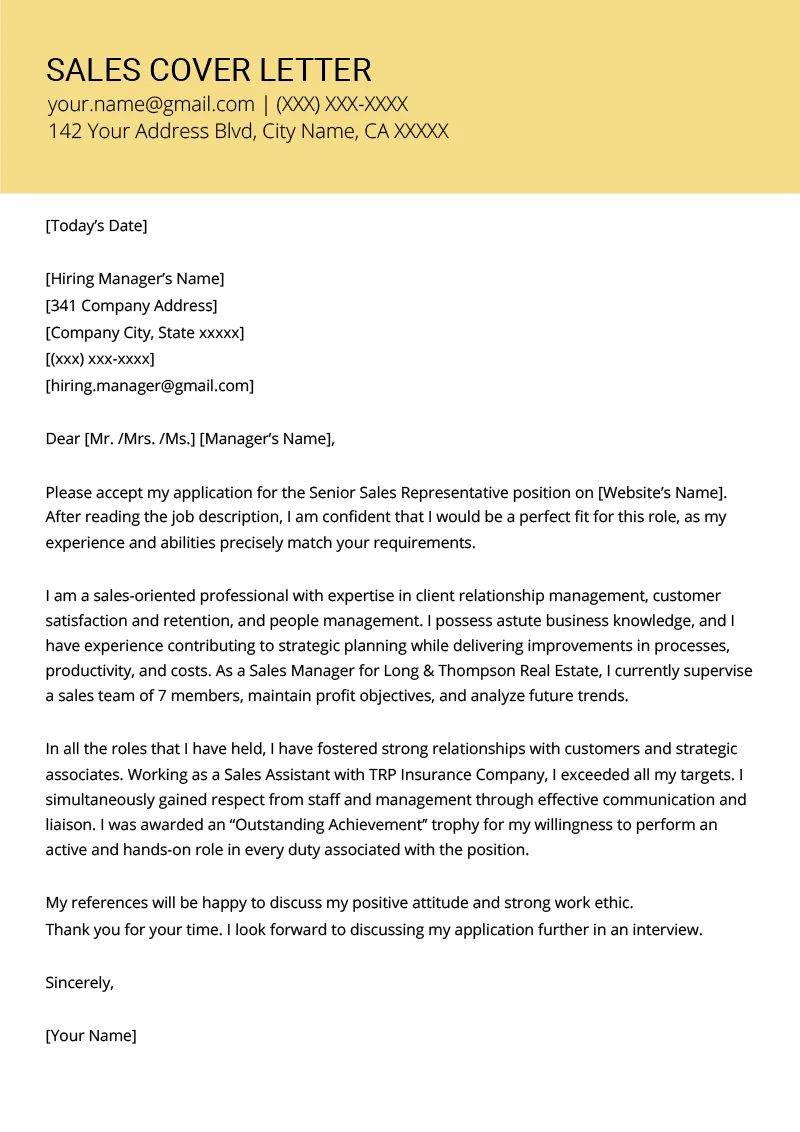
A software engineer cover letter should emphasize your technical skills, project experience, and problem-solving abilities. Showcase your proficiency in programming languages, your experience with software development methodologies, and your contributions to previous projects. Mention your ability to work independently and collaboratively, your experience in code development, and your commitment to quality and efficiency. Quantify your achievements, such as improving code performance or reducing bugs. Highlight relevant projects and demonstrate your understanding of the software development life cycle. Your technical skills and expertise will be the focus of the cover letter, showing you can contribute to their team’s goals.
Example Cover Letter for a Recent Graduate
A cover letter for a recent graduate should emphasize your education, internships, and any relevant projects or extracurricular activities. Highlight any skills or experience gained through your studies, such as coursework, research, or group projects. Demonstrate your eagerness to learn and your adaptability. Mention any internships or part-time jobs where you gained experience. Showcase your communication, teamwork, and problem-solving skills. Tailor your letter to the specific role, emphasizing how your skills and experiences align with the job requirements and the company’s goals. This helps the hiring manager understand your potential and your eagerness to transition from education to a professional role.
Common Mistakes to Avoid
Avoiding common mistakes can significantly improve your cover letter’s impact. Recognizing and correcting these errors will help you present your best self to potential employers. It’s crucial to catch any errors before submitting your application, ensuring a professional presentation. Pay attention to these common pitfalls to create a polished, effective cover letter that boosts your chances of success.
Typos and Grammatical Errors
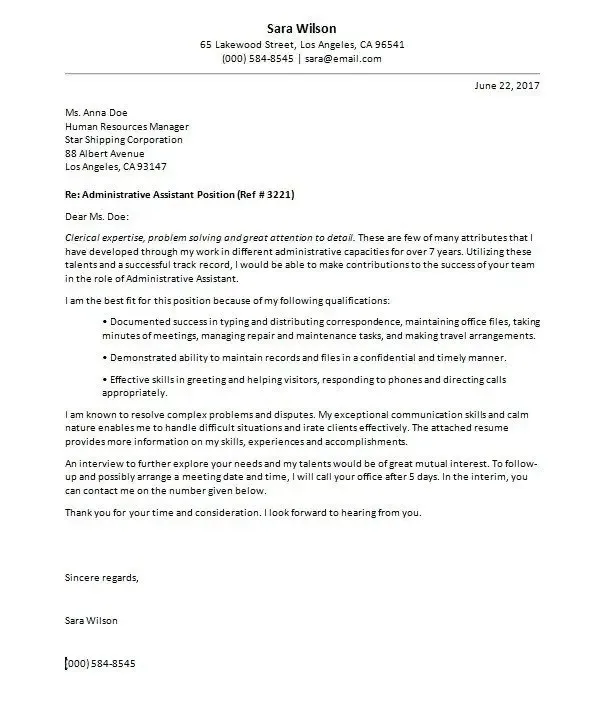
Typos and grammatical errors can make you appear careless and unprofessional. Proofread your cover letter carefully, and consider having someone else review it for you. Errors undermine your credibility and can lead to your application being rejected. Double-check spelling, grammar, and punctuation before submitting your cover letter to avoid these easily preventable mistakes. Paying attention to detail reflects professionalism and respect for the reader.
Generic Content
Avoid using a generic, one-size-fits-all cover letter. Customize your cover letter for each job application, highlighting the skills and experiences most relevant to the specific role and the company. Generic content demonstrates a lack of interest and can fail to capture the hiring manager’s attention. Customizing your cover letter for each role shows that you have researched the company and are genuinely interested in the position. Tailoring your letter to the specific job requirements increases the chances of getting noticed and securing an interview.
Ignoring the Job Description
Carefully review the job description and address each of the required skills and qualifications in your cover letter. Tailor your letter to match the keywords and requirements listed in the job posting. Ignoring the job description can result in your application being overlooked. Demonstrate that you have read the job description carefully and possess the skills and experiences required. Emphasize how your qualifications align with the specific needs of the role. Showing that you are a good fit increases your chances of getting the hiring manager’s attention and securing an interview.
How to Tailor Your Cover Letter
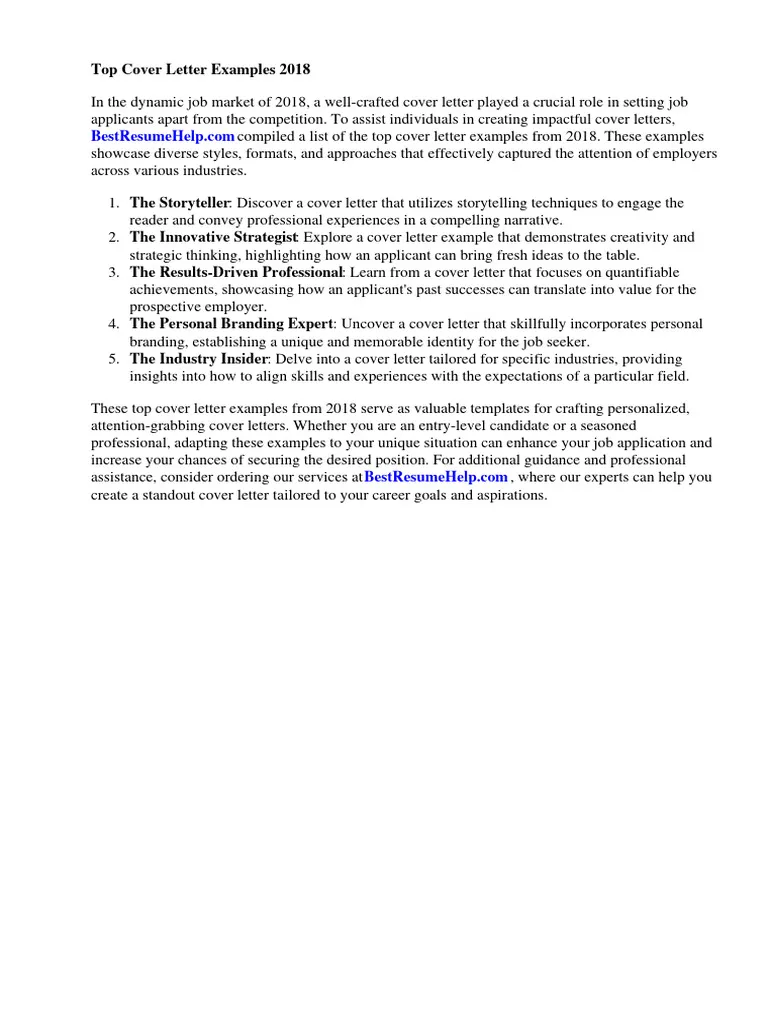
Tailoring your cover letter involves researching the company and job, highlighting relevant skills, and quantifying achievements. Personalizing your cover letter makes a stronger impression on potential employers. This demonstrates that you’ve invested time and effort in the application process. The ability to tailor your cover letter effectively can significantly increase your chances of success. Customize your cover letter to increase your chances of securing an interview and ultimately landing the job. Follow the tips for tailoring to make the strongest possible impact.
Research the Company
Research the company’s mission, values, and recent projects. Understand their culture and industry. This helps you personalize your cover letter and demonstrate genuine interest. Visit the company’s website, read news articles, and check their social media profiles. This research allows you to tailor your letter to align with the company’s goals and values. Showing that you understand the company’s context and showing you have done the research sets you apart from other candidates and increases your chance of getting an interview.
Highlight Relevant Skills
Identify the key skills and qualifications required for the job and highlight how your skills align with those requirements. Use the job description as a guide to determine the most important skills. Provide examples of how you have used these skills in past experiences. Tailor your letter to emphasize the skills that match the employer’s needs. Show how your skills can benefit the company and contribute to its success. This targeted approach ensures that you are presenting yourself as the best candidate for the position. Highlighting relevant skills in your cover letter helps ensure that the hiring manager sees you as a strong candidate.
Quantify Your Achievements
Whenever possible, quantify your achievements with specific metrics and data. Use numbers to show the impact of your work, such as the percentage increase in sales, the number of projects completed, or the amount of money saved. Quantifying your achievements adds credibility to your claims and demonstrates your ability to achieve results. Using metrics demonstrates the tangible results of your work. Numbers strengthen your claims and show the value you bring to the company. These types of figures demonstrate your accomplishments in a clear and compelling way.
Proofreading and Editing Your Cover Letter
Proofread your cover letter carefully for any typos, grammatical errors, or formatting issues. Ask someone else to review it as well. Proofreading ensures that your cover letter is polished and professional. Errors can undermine your credibility and leave a negative impression. A fresh pair of eyes can catch mistakes you might have missed. Proofread your cover letter multiple times, and have a friend or colleague review it to ensure it’s error-free. This extra step can improve the overall quality of your application.
